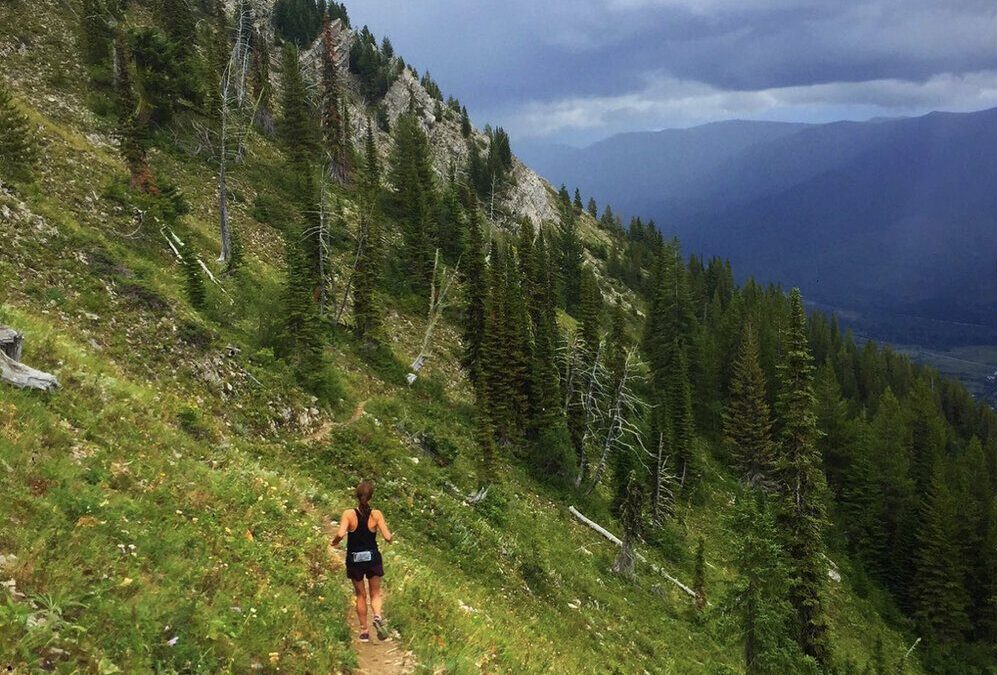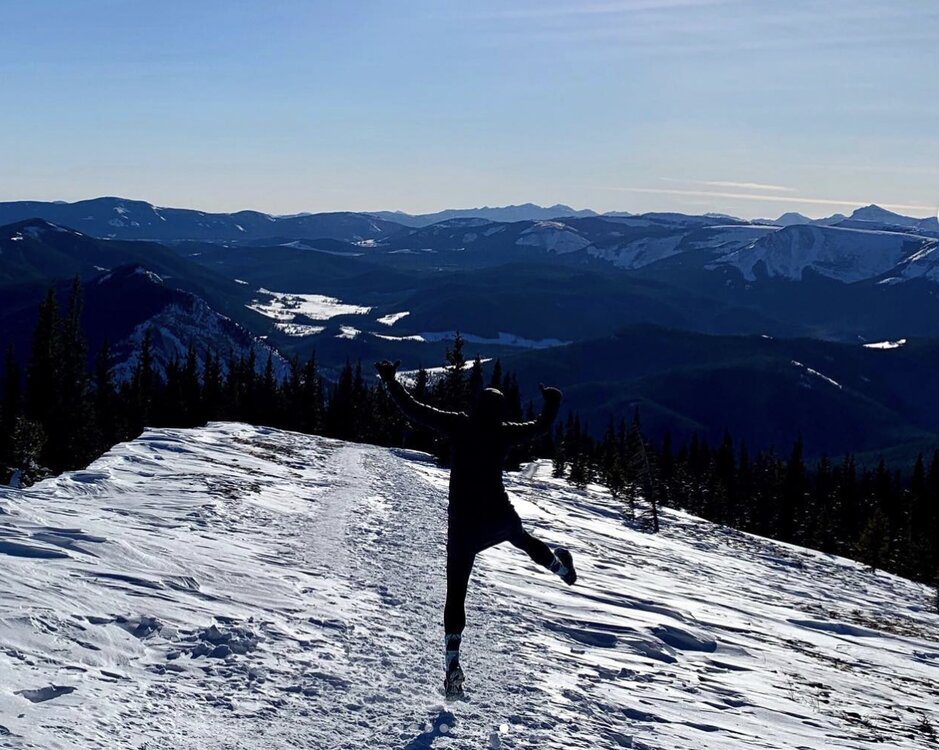Why hiking may be your best cross-training tool
Increased core strength, stronger stabilizer muscles, and a great way to add mileage are just a few benefits
 Photo by:
Shawn Parsons
Photo by:
Shawn Parsons
Many of us head out of town whenever we get the chance, spending time alone or with family in whatever type of wilderness is close by. A change of pace can feel rejuvenating, and research says being in nature can have a positive effect on our mental health and cognition. Hiking is perfect for cross-training or easy-day exercise; here are a few ways that heading to the mountains will improve your running.
Health Benefits of Hiking#Hike #hiking #trek #trekking #hills #mountains #health #fitness
Article Source : https://t.co/rmlEchXtRe pic.twitter.com/202HNmjwzh
— cleanmountains.org (@CleanmountainsO) February 27, 2019
It has many of the same training effects as a recovery run
An easy-to-moderate hike will keep your heart rate low–the equivalent of a Zone 1 or 2 workout. When tackling a steep climb or hiking fast, you’ll definitely be getting the equivalent benefit of a running workout on the flat, though it will feel quite different. If you’re hiking on an easy or recovery day, make sure to keep the climb or terrain at an easy level to avoid overtraining. If you’re on a family trip, unable to fit in a hard run but can easily get out the door with your people for a swift hike, don’t worry: you’re getting a great workout, and potentially lessening the chance of injury by switching up your routine. Hiking, while giving similar aerobic benefits to running, avoids the repetitive motions of running, giving your body a break. You’ll be sore in all kinds of new places, and that’s a good thing.
You’ll incorporate hill training (and enjoy it!)
As you climb on your hike, you won’t have to think about activating your glutes–they’ll definitely be engaged. Descending on your hike will use your quads, which we often neglect in running workouts but are essential if you ever encounter a race course with a net downhill. Anyone who has ever run a race with a lot of hills will reiterate this: it’s the downhill, not the climbing, that hurts. Hiking is a brilliant way to get the benefits of going both up and down hills, and you’ll be so busy enjoying the views and soaking in the surroundings that you’ll hardly notice the effort.

Leg strength, core stability and stabilizer muscles all get a workout
Hiking is underrated for runners; many of us dismiss it as being too leisurely. In fact, it can be the perfect complement to almost any training regime because it lets you add mileage without the repetitive stress on your body. While we know running is actually good for our joints, doing the same impactful action over and over can cause stress injuries if our structural tolerance isn’t high. Hiking is gentler on our bodies and cues different muscles than running.
Core muscles kick in as we shift from one foot to the other; moving more slowly engages different and more diverse systems than when we are pounding out an interval session. The uneven terrain on most trails strengthens the stabilizer muscles in our ankles and feet, which carries over perfectly to our next fast run and might prevent a rolled ankle.
If you’re headed into the great outdoors to enjoy a hike, remember to let people know where you are going and how long you expect to be gone, and, depending on your location, be aware of bears and cougars.


